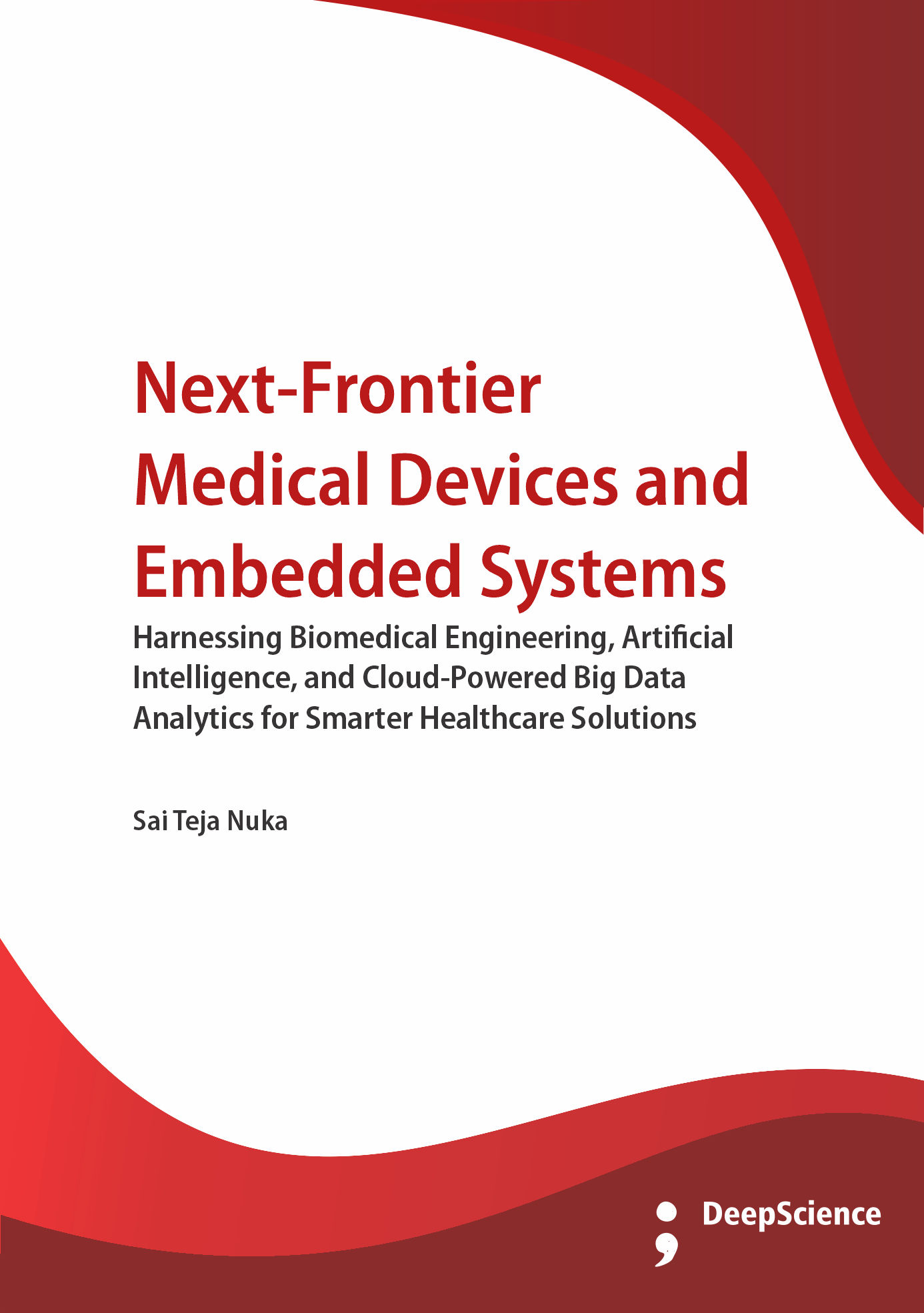Fundamentals of embedded systems for the design of smart medical equipment
Synopsis
Research on Embedded Systems has become increasingly common and important in recent years. The successful implementation and design of such systems have recently gained notoriety given the common integration of Embedded Processors in commercial Electronics. Although these were traditionally found only in specialized usage, the development of high performance programmable microcontrollers and the parallel advances in Sensor Technology have brought their use to areas such as Electronics for Robotics, Telecommunication and Medical Electronics. In these areas, Embedded Processors have shifted from having only a supportive function in dedicated circuitry to a more controlling role in complex innovative solutions.The Medical Electronics field has made a rapid and broad move to the architecture of Smart Medical Equipment. The move from traditional Electro-Medical Equipment has led to changes in design philosophy. Devices now possess high information content and rely on sophisticated Software Algorithms that often enable the visualization and storage of data (Ahmed et al., 2018; Jagadeeswari, 2018; Firouzi et al., 2022). The bundle of Electronics with other areas of knowledge in the design of a medical product may involve rehabilitation therapists, orthopedists, bio-mechanic engineers, dentists, physiologists, cardiologists, vascular surgeons, and neurologists, among other professionals. Interdisciplinary collaboration may lead to the successful completion of a medical product, or pieces of autonomous “high-tech” cure or diagnostic equipment can become available.An Embedded System is Computer Hardware and Software with a dedicated function within a larger mechanical or electrical system or Product. Embedded Systems have been essential in designing Smart Medical Equipment. Device smartness is expressed, for instance, by data Communication, User Interface, Storage, Display, Information Processing, and Diagnostic Capability. Typically, Embedded Systems contain specialized hardware designed for devices that have pre-defined functions. Their Software enables the realization of auxiliary tasks inserted for coordination of the diverse system functionalities. With just a few exceptions, Smart Medical Devices are digital Electronics composed of Analog and Digital Processing Circuits connected to Microcontrollers or Microprocessors.












